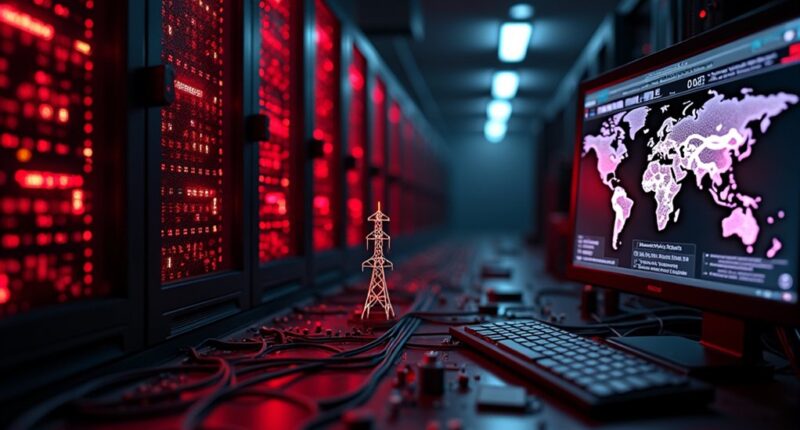As cyberattacks continue their relentless surge, critical infrastructure operators find themselves squarely in the crosshairs of increasingly sophisticated ransomware gangs. The numbers tell a grim story: 67% of energy, oil/gas, and utilities were hit by ransomware in 2024 alone. That’s not a typo. Attacks on critical infrastructure jumped 30% from last year, with a mind-boggling 13 attacks per second globally. Let that sink in.
The cyber battlefield has shifted. Critical infrastructure isn’t just vulnerable—it’s under active siege from all directions.
Why the obsession with critical infrastructure? Money, plain and simple. The average ransom payment in the energy sector hit $2.5 million this year. These targets simply can’t afford downtime. When your power grid goes down or hospital systems crash, people notice. People die. So paying up becomes the path of least resistance for many organizations. A whopping 31% of critical infrastructure victims cave to demands. This aligns with the CIRA database findings showing larger ransom demands have been increasingly common since 2022.
The tactics are advancing faster than security teams can keep up. Double extortion is all the rage now – encrypting data AND threatening to release it publicly. Cute, right? Attackers are increasingly hijacking legitimate software like AnyDesk for lateral movement. They’re not even writing their own malware anymore; Ransomware-as-a-Service models have lowered the barrier to entry. Anyone with Bitcoin and basic technical skills can join the party. Organizations without tactical intelligence struggle to identify these technical indicators before substantial damage occurs.
The geopolitical angle makes everything worse. State-sponsored actors and traditional cybercriminals are practically indistinguishable these days. Ransomware has become an asymmetric warfare tool, with nation-states using it to flex power without firing a single bullet.
The vulnerabilities are staggering. Our power grids have 23,000-24,000 vulnerable points, with 60 new ones popping up daily. Interconnected systems mean one weakness can compromise everything. Outdated technologies, internet-facing VPNs, and zero-day vulnerabilities in IoT devices – it’s a smorgasbord for attackers. The FBI reports that over 2 in 5 ransomware attacks in 2023 targeted critical infrastructure.
Healthcare institutions, manufacturing facilities, transportation systems – they’re all in the crosshairs. No critical sector is safe. And that’s exactly how the ransomware gangs want it.









